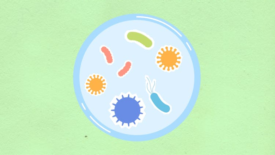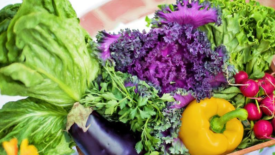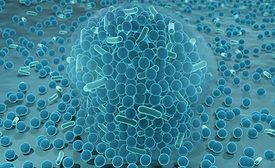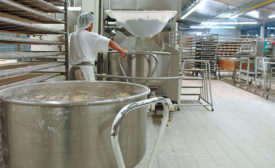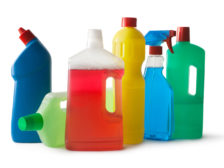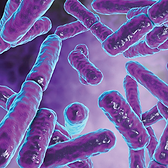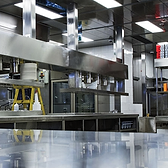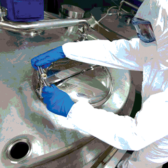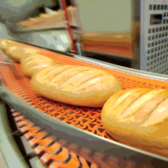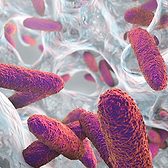Biofilm Control
Biofilm: A Contemporary Challenge to Food Safety
Biofilms, which can be resistant to disinfectants and sanitizers, remain a significant public health-related issue in the food industry
June 10, 2022
Sanitation
Sanitizers: From Effectiveness to Tolerance
Which sanitizer works best depends on your food microbe of choice
April 16, 2021
Never miss the latest news and trends driving the food safety industry
eNewsletter | Website | eMagazine
JOIN TODAY!Copyright ©2025. All Rights Reserved BNP Media.
Design, CMS, Hosting & Web Development :: ePublishing
